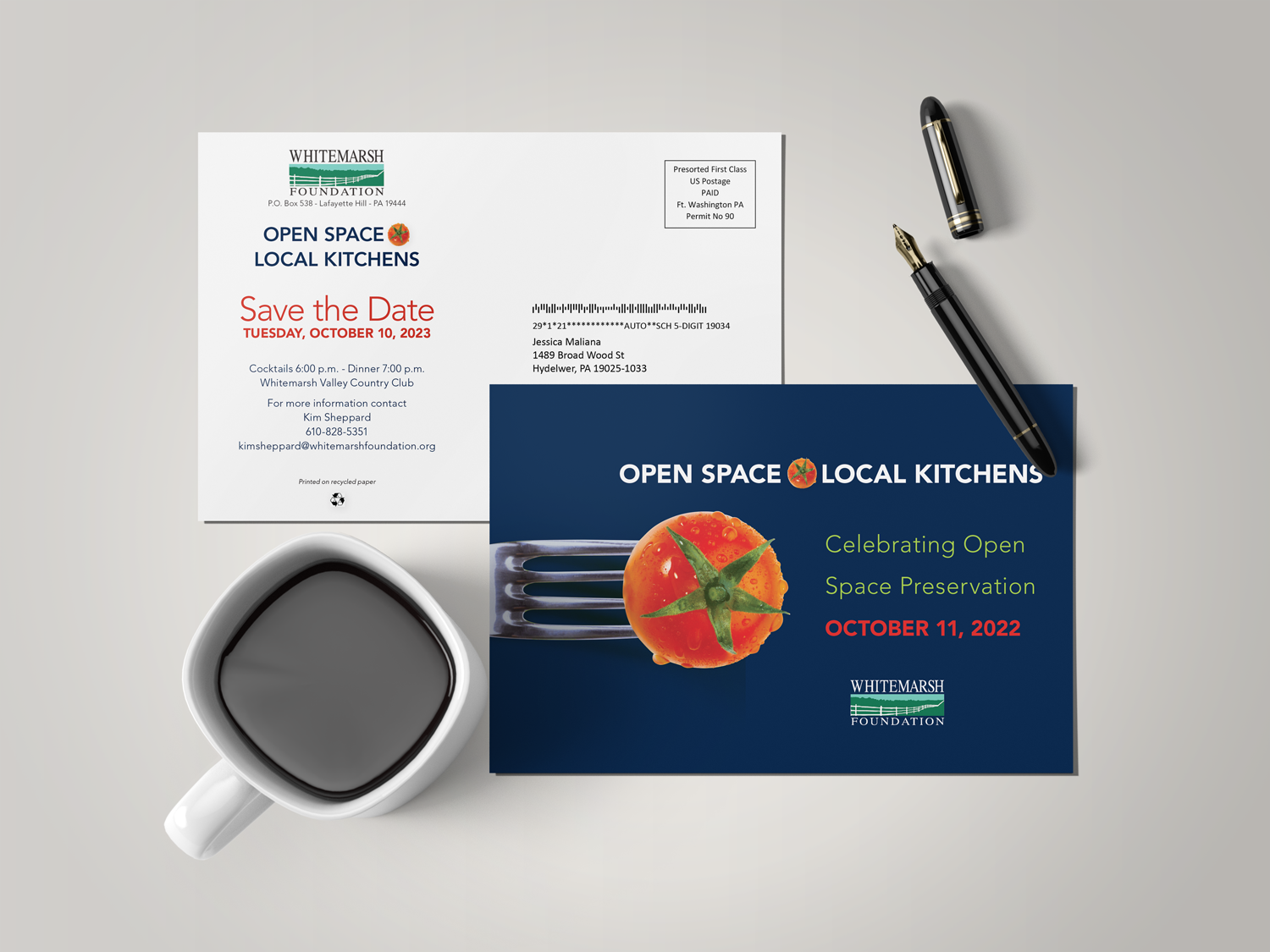Here’s a scenario: A senior executive must buy a new technology solution to help their business keep up with the competition. You might assume they’d make this decision based on hard facts, carefully considering the pros and cons of each product on the market before making a decision.
Surprisingly, however, hard facts aren’t always the deciding factor in purchase decisions. According to Harvard Business School professor and neuromarketing pioneer Gerald Zaltman, author of How Customers Think: Essential Insights into the Mind of the Market, 95% of purchase decisions take place subconsciously.
In other words, we often reach a conclusion based on an intuitive, emotional response and then back up that decision with logic. And it’s that justification that sticks in our heads, since we usually prefer to think of ourselves as rational and logical.
While facts play a significant role in the sales process, emotion is crucial to buying decisions. We’ll explore the roles of facts and emotions in sales to give marketing and sales professionals a better idea of when to go with fact-based sales appeals, when to use an emotionally based approach and how to strike the correct balance.
When to use facts to make a sale
To increase sales, you must understand and convey hard facts about your products and services. The right facts can actually change someone’s emotional position about a purchase.
For sales and marketing professionals, it’s best to focus primarily on facts when dealing with straightforward, low-cost products and when working with analytical buyers.
1. Use facts when selling simple, low-cost products.
As a general rule, logical selling works best for straightforward or low-cost products. In these situations, the facts are often enough to convince someone to buy. The prospect is likely already familiar with the product’s basics and wants to focus on critical parameters like these:
- Price
- Delivery time
- Product quality
- Availability
Companies that offer simple, low-cost products usually sell in high volumes and have plenty of product and sales data to consult. For example, if you sell a consumer packaged product to retailers, your pitch should be highly factual and include retail sales data, consumer research and industry data.
Buyers in this type of industry are pressed for time and don’t want a long, involved sales presentation with emotional appeals. Get to the point, using facts and data.
2. Use facts when working with analytical buyers.
The decision-maker’s personality and decision-making style will affect the type of sales pitch you should make to close a sale. Some buyers are highly analytical and only want to hear data-based information when making purchase decisions.
For example, if you’re selling a stairway, your pitch will be significantly different when you’re selling to an engineer versus an interior designer. The engineer might want to know about load capacity, strength and material makeup, whereas the designer may be more concerned about the colors and finishes you can provide and how the client will feel about it.
Before crafting your sales pitch, talk with the decision-maker to get a sense of what information they value most. Is the buyer a “big picture” person or a “prove it to me” type?
Pros and cons of fact-based sales appeals
Fact-based sales appeals have unique benefits, but they also have some downsides.
Pros of fact-based sales pitches
- They are fast. Fact-based sales appeals are quicker to present. You may not even need to make an in-person sales visit.
- They require less finesse. Fact-based sales appeals usually require fewer marketing skills and less sales nuance than emotionally based sales appeals.
- They are good for analytical buyers. Analytical decision-makers who want a fact-based, cut-and-dried approach will appreciate and respect a fact-based sales appeal.
Cons of fact-based sales pitches
- They may lead to information overload. A fact-based sales appeal may go nowhere because too much information can lead to “analysis paralysis.” Potential buyers may become overwhelmed and put off the sale.
- They may be ineffective. If the facts behind your sales appeal aren’t compelling or don’t match up to a competitor’s information, you’ll lose the sale.
- They can seem dry. If you’re dealing with “big picture” decision-makers, a fact-based sales appeal may strike them as uninteresting.
When to use emotions to make a sale
Appealing to a prospect’s emotions is particularly important when you’re selling a complex product, when you’re pitching a solution to a complicated problem or when the prospect is receiving competitive proposals from various companies.
1. Use an emotional sales appeal when selling complex products.
When your product is complex, such as a machine learning setup or a multipart business security system, it’s easy for the prospect to get bogged down in facts and figures. If your product has myriad specifications, your sales pitch can become confusing, boring or both. The prospect may end up getting frustrated or tuning out.
Instead of focusing on your product’s specifics, tell stories about how it solved problems and created positive outcomes for other customers who have something in common with the prospect.
2. Use emotions when providing solutions to complex problems.
When companies have complex problems, the managers who are tasked with dealing with these issues may have a range of emotions:
- Frustration with the negative outcomes caused by the problem
- Shame at not already having fixed the problem
- Anxiety and stress that their job may be on the line if they can’t fix the problem.
- Hope that they will find a solution and receive recognition from the executive team.
Because of this stew of emotions, solutions – like management consulting – that address complicated, problematic situations are well suited for an emotional sales appeal. Considering these sales typically have a high price tag and plenty of accountability to the organization’s higher-ups, include facts that the prospect can use to back up the decision to buy from you.
3. Use emotion when the prospect has many competitive bids.
Sometimes, companies will issue a public request for proposals (RFP) from many different businesses in a particular space. They will outline the scope of the problem or the product they need and the specific deliverables they expect.
Companies will turn in their proposals without knowing what their competitors submitted. The idea is that the company issuing the RFP can logically compare proposals side by side, looking at prices, solutions, experience and capabilities.
The problem for the prospect is information overload. It’s challenging to remember all the data from each proposal. To stand out in the bidding process, use emotion in your written proposal and in-person presentation.
When you’re competing in a crowded field, concentrate on two elements:
- Touch on the emotions your solution will create. Share the emotions your product or service will produce for the decision-maker, their company and the business’s stakeholders. For example, a website design firm bidding on a company’s site redesign can subtly mention the following:
- The pride of having a beautifully designed site and a successful website launch
- The elimination of shame by reducing the number of website bounces
- Happiness about reducing website visitors’ frustrations, such as slow page load times
- The possibility that the decision-maker will be promoted for improving website conversions
- Show the prospect that you’re the right choice. Help the prospect feel confident and secure about choosing your company. Emphasize your extensive experience in the industry, awards your company has received, technical capabilities, guarantees or warranties, customer service and case studies with results from similar companies.
Pros and cons of emotion-based sales appeals
Like fact-based sales appeals, emotion-based appeals have benefits and downsides.
Pros of emotion-based sales pitches
Emotion-based sales pitches have the following benefits:
- They build relationships. An emotion-based sales appeal can help you create a more personal rapport with the decision-maker.
- They are highly effective. When done right, emotionally based sales appeals can be highly effective for sales lead conversions.
- They humanize your company. When you approach decision-makers from an emotional space, it can humanize your company and product.
Cons of emotion-based sales pitches
Emotion-based sales pitches have the following downsides:
- They sometimes neglect facts. Avoid neglecting crucial facts and features and getting carried away with the emotional side of your solution. You don’t want to be “all sizzle and no steak.”
- They may turn people off. If you take an emotion-based sales appeal too far, your presentation can come off as a high-pressure sales pitch, resulting in resistance.
- They may not work for everyone. When you’re dealing with highly analytical prospects, an emotion-based sales approach may not work.
How you can lose on paper but still win
You must get the emotional side of sales right because, while facts can help, for most complex or expensive purchases, our emotions are in charge.
As a sales professional, you can lose on the spreadsheet but still win customers over the phone. Even if your solution isn’t as strong as your competitors’, or your competitors have greater resources than you, you can build trust with the buyer.
For example, if your company is smaller, you can emphasize the excellent customer care you’ll provide and how your company can offer more flexibility and convenience. Facts and figures may not matter as much if your solution addresses the prospect’s pain points.
Appealing to the emotional side
With the proper research, a salesperson can find the correct approach for each prospect. For instance, a product’s environmental aspect might appeal to a company’s altruistic side if they’re prioritizing sustainability. If your prospect was a recently promoted executive, they may be cautious and risk-averse. Your job is to convince them that your offering is risk-free.
Follow these tips to connect with a prospect’s emotional side:
- Find their pain points. Determine your prospect’s pain points and explore how your solution can address them. Sharing a story is an excellent way to convey your solution’s benefits and make a complex product more personal.
- Don’t forget the facts. Keep the rational facts simple and powerful. Choose each fact carefully so that it addresses each customer’s pain point.
Tim Pickard contributed to the writing and research in this article.
Written by
Jennifer Dublino







